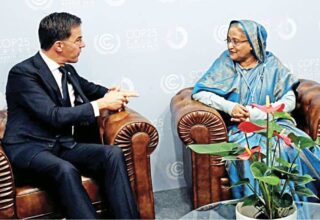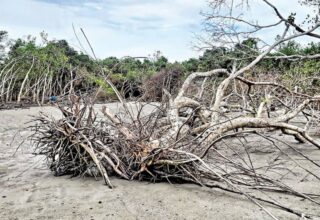
One of the positive outcomes of the COP26 held in Glasgow, Scotland in November 2021 was a universal acknowledgement of the failure of developed countries to deliver climate finance to developing countries, and even of developing countries themselves to actually deliver to the most vulnerable communities within their own territories.
While it is good that countries acknowledged their failure and promised to do better going forward, the devil is in the details. I will take this opportunity to provide proposals on what needs to be done and who needs to do it to make sure that promises made at COP26 are actually delivered by COP27 this November in Sharm Al Shaikh, Egypt.
The first and biggest failure was the abysmal inability of the developed countries to deliver the USD 100 billion a year they had promised at the time of the Paris Agreement in 2015. One common misconception is in thinking that the environment ministers who attend the COP are responsible, when they are not the ones with the money. In fact, it is the finance ministers of the G7 countries who have to keep their promise. Back in June 2021, they met in Cornwall in the UK and decided to renege on their commitment. They then sent their environment ministers to the COP in November to apologise on their countries’ behalf.
Now, we need to see what the G7 Finance Ministers meeting in June 2022 in Germany will decide, rather than wait for November. The question is: Will they keep their promise this year, or renege as they did last year?
The second annual Gobeshona Global Conference at the end of March 2022 on Locally-Led Adaptation and Resilience will be an opportunity for all the relevant players to take stock and report on their progress while correcting their failures of the past.
Acknowledging failure is a positive development only if it leads to reforms to avoid making the same mistakes again.
Originally this article was published on February 09, 2022 at Daily Star. The author Prof. Saleemul Huq is the director of the International Centre for Climate Change and Development (ICCCAD) at the Independent University, Bangladesh (IUB).
Email: saleemul.huq@icccad.org






